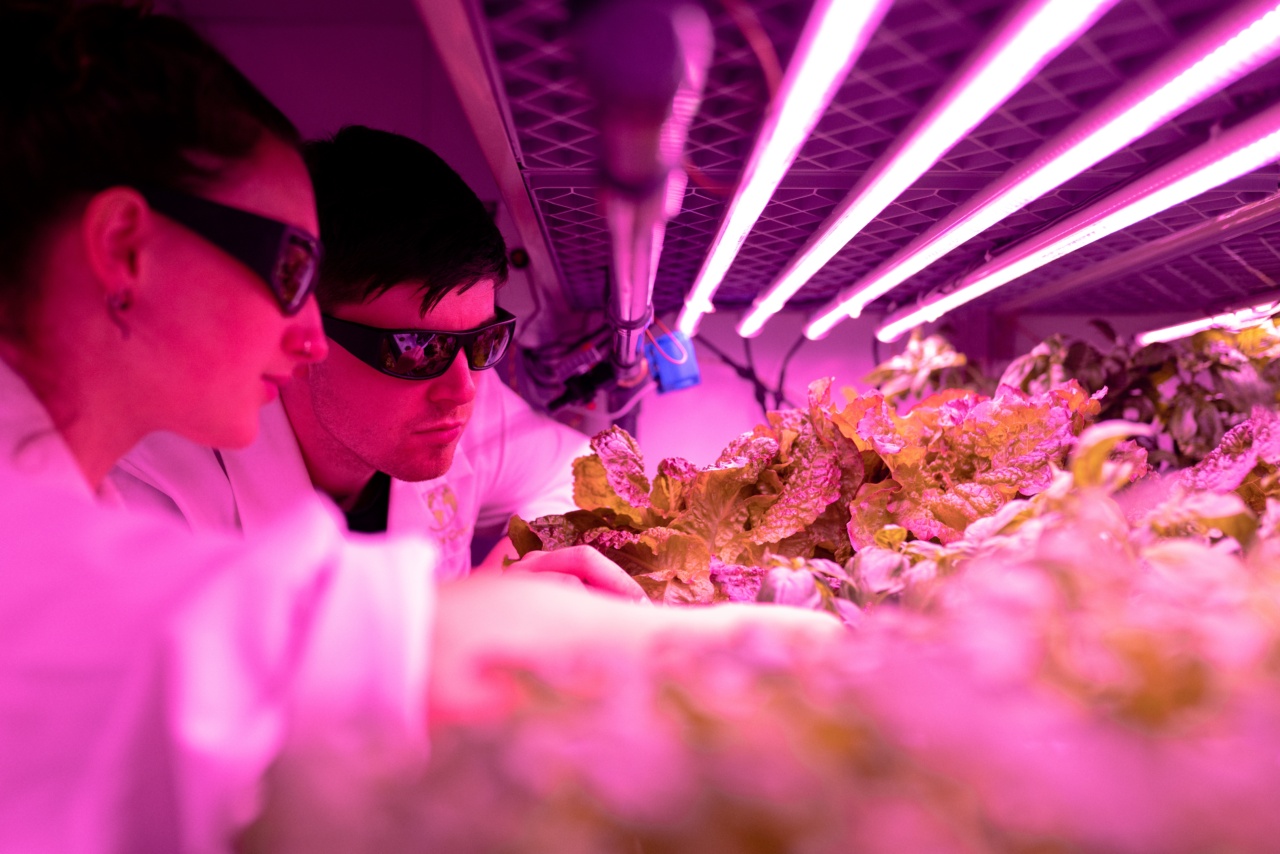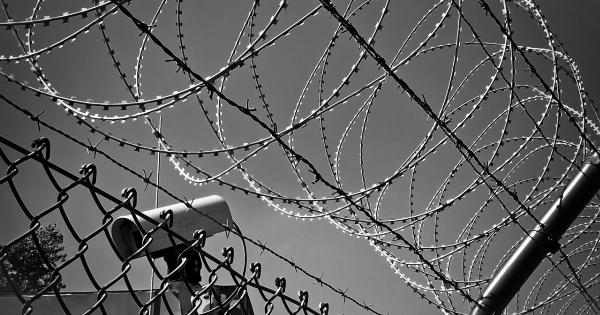The world has been rocked by various outbreaks and pandemics in the past few decades.
From the H1N1 flu to Ebola to the current COVID-19 pandemic, it has become clear that outbreaks and pandemics are not a matter of “if,” but “when.” Scientists around the world have been working hard to understand these diseases and find solutions to prevent them from wreaking havoc on the world. However, the next step in fighting these diseases may be predicting when and where the next outbreak will occur.
The need for prediction
It is estimated that over one million viruses exist in other animals, and any one of them could potentially jump to humans and cause a deadly outbreak.
According to the World Health Organization (WHO), the chances of another infectious disease outbreak are “increasingly likely.” The problem is that we don’t know which virus will cause the next pandemic, or when and where it will start. This makes preparing for the next outbreak extremely difficult, and the consequences can be devastating.
The role of data in predicting outbreaks
One way to predict the next outbreak is by analyzing data. Scientists can collect data on various factors, such as human movement, animal behavior, and climate, and use this information to predict when and where a disease outbreak may occur.
For example, researchers can use satellite imagery to detect changes in vegetation that may be linked to the presence of disease-carrying animals. They can also track social media to detect the spread of rumors or misinformation about an outbreak and respond accordingly.
The importance of early detection
Early detection is crucial in preventing the spread of disease. By predicting when and where the next outbreak will occur, scientists can be better prepared to respond.
This means having the necessary medical supplies and personnel on hand, as well as being able to implement measures such as quarantine and social distancing as soon as possible.
The obstacles to predicting outbreaks
While predicting outbreaks is an important step in fighting infectious diseases, there are still many obstacles that need to be overcome. One of the main challenges is getting access to the necessary data.
Collecting and analyzing data from various sources can be time-consuming and expensive, and there may be privacy concerns when it comes to tracking people’s movements and social media activity.
Another challenge is the sheer complexity of infectious diseases. There are many factors that can contribute to the spread of a disease, and it can be difficult to predict how these factors will interact.
For example, a disease may start in one country but quickly spread to others due to increased global travel. Climate change can also affect the spread of disease, making it difficult to predict how disease patterns will change in the future.
The future of outbreak prediction
Despite these challenges, scientists are making progress in predicting outbreaks.
The development of new technologies, such as artificial intelligence and machine learning, has made it easier to analyze large amounts of data and identify patterns that may be linked to disease outbreaks.
One project that is working on predicting disease outbreaks is the HealthMap project, which uses data from various sources such as news reports and social media to track disease outbreaks in real-time.
The project has been successful in detecting outbreaks such as the H1N1 flu and the Ebola virus.
Another promising project is the Predict and Prevent program, which aims to identify and prevent zoonotic diseases before they spread to humans.
The program, which is funded by the US Agency for International Development (USAID), uses data from various sources such as animal populations and climate patterns to predict where the next outbreak may occur.
The importance of collaboration
In order for outbreak prediction to be successful, collaboration between scientists, governments, and other organizations is essential. Data sharing and collaboration can help researchers to build more accurate models and make better predictions.
International organizations such as the WHO and the Centers for Disease Control and Prevention (CDC) play an important role in coordinating efforts to prevent and control disease outbreaks.
These organizations work with governments and other stakeholders to monitor disease patterns and provide guidance on how to respond to outbreaks.
The importance of continued research
While there has been progress in predicting outbreaks, there is still much to be learned about infectious diseases. Continued research is needed to better understand how these diseases spread and how they can be prevented.
Investing in research and development of new technologies can help to improve outbreak prediction and response.
For example, developing new vaccines and therapies can help to prevent and treat diseases, while new technologies such as drones and robots can be used to deliver medical supplies and provide care in remote areas.
Conclusion
Outbreaks and pandemics are a threat to global health and security. Predicting and preventing these events is critical in order to protect people’s lives and prevent long-term economic damage.
With the development of new technologies and increased collaboration between researchers and organizations, there is hope that we can better prepare for and respond to the next outbreak.





























